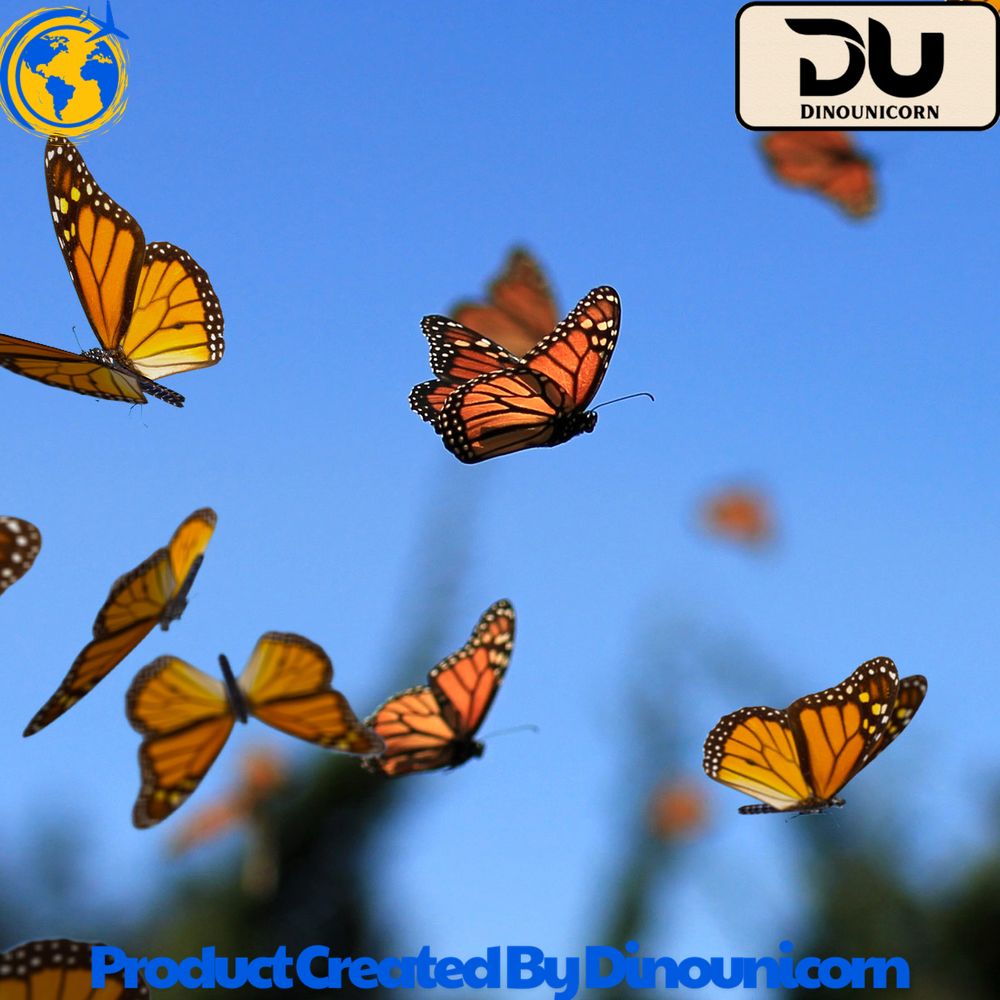Blog
What Do Butterflies Eat?
What Do Butterflies Eat? Understanding the Diet and Feeding Habits of Butterflies
Why Understanding Butterfly Diet is Important
Butterflies are not just beautiful insects fluttering around our gardens; they play an important role in ecosystems. Understanding what butterflies eat and how they feed is vital for several reasons, including supporting conservation efforts, creating butterfly-friendly gardens, and simply satisfying the curiosity about these fascinating creatures. By learning about their diet, we can ensure that butterflies have the right environment to thrive. Furthermore, knowledge of their feeding habits can help in the development of ecological studies and wildlife conservation strategies.
What Do Butterflies Eat in the Wild?
Butterfly Nutritional Requirements
The diet of butterflies is primarily based on nectar. Most adult butterflies depend on nectar from a variety of flowers as their main source of nutrition. The nectar provides butterflies with essential sugars, which they use for energy, and small amounts of proteins, vitamins, and minerals. While different species of butterflies may have preferences for specific types of nectar, the nutritional composition of nectar is vital for their survival.
To find nectar, butterflies visit a wide range of flowering plants, and some plants are more attractive to them due to their color, fragrance, or ease of access to nectar. For instance, flowers with a long tube shape, such as trumpet vines and morning glories, are ideal for butterflies with longer proboscises.
Do Butterflies Eat Fruit?
Yes, some butterflies are attracted to overripe fruit as part of their diet. Fruits like oranges, bananas, and melons are rich in sugars and provide a different kind of nourishment for butterflies. This is especially true in situations where flowers are scarce or during specific seasons when certain plants are not blooming. The sugars found in fruit provide butterflies with an alternative energy source.
Additionally, butterflies may feed on fermenting fruits to extract sugars that are more concentrated as they break down. Fruit feeding can also happen in gardens where butterfly enthusiasts place fruit slices to attract these delicate creatures.
Do Butterflies Eat Pollen?
Butterflies do not typically feed on pollen like bees, but some species can consume pollen along with nectar. This is particularly true for long-tongue butterflies, which have the specialized proboscis that allows them to reach deeper into flowers. While pollen can provide butterflies with proteins, it is generally not their primary source of food. However, as they feed on nectar, butterflies may inadvertently ingest small amounts of pollen, which they then carry from flower to flower, contributing to pollination.
What Plants Do Butterflies Eat From?
Nectar plants are essential to butterflies, and the variety of plants they feed on can differ depending on the species. Common nectar-rich plants that attract butterflies include:
- Milkweed (particularly important for monarch butterflies)
- Thistles
- Daisies
- Lavender
- Zinnias
These plants offer the necessary nectar and also provide suitable habitats for caterpillars, which eventually transform into adult butterflies. By planting butterfly-friendly flowers, gardeners can create an environment that attracts and sustains butterfly populations.
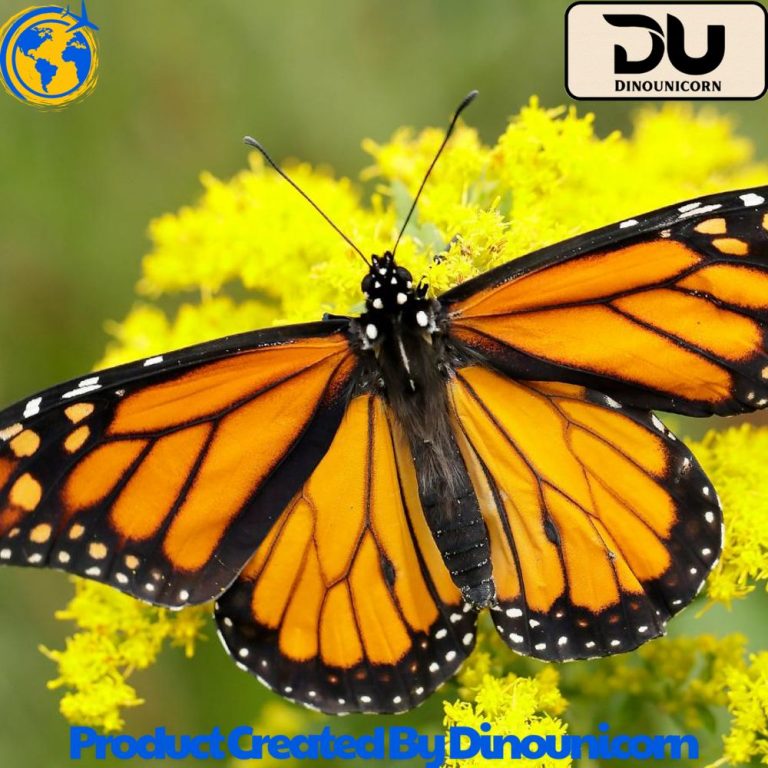
How Butterflies Eat: Feeding Mechanisms
The Butterfly Proboscis: How Do Butterflies Get Their Food?
One of the most fascinating features of butterflies is their proboscis—a long, coiled feeding tube that they use to suck nectar from flowers. The proboscis works like a straw, allowing the butterfly to feed without needing to land completely on the flower. Instead, it extends its proboscis deep into the flower’s nectar reserves, sucking up the liquid.
In some species, the proboscis can be quite long, which allows them to reach nectar in flowers that are inaccessible to other insects. When not in use, the proboscis is curled up and stored beneath the butterfly’s head, but it can unfurl when the butterfly finds a suitable nectar source.
How Butterflies Drink Nectar and Other Liquids
Butterflies drink nectar by extending their proboscis to sip the liquid from the flowers. While nectar is their main food source, butterflies will also feed on other liquids like tree sap, water, and even the damp soil of moist areas. This helps them obtain additional nutrients like salts and minerals that nectar alone may not provide.
Do Butterflies Eat Sugar Directly?
Butterflies generally do not eat sugar directly, but they do feed on sugary liquids such as nectar, which contains natural sugars. When butterflies feed on overripe fruit or tree sap, they are also consuming sugars in the form of fructose, glucose, and sucrose. These sugars are essential for their energy needs, especially during migration or other strenuous activities.
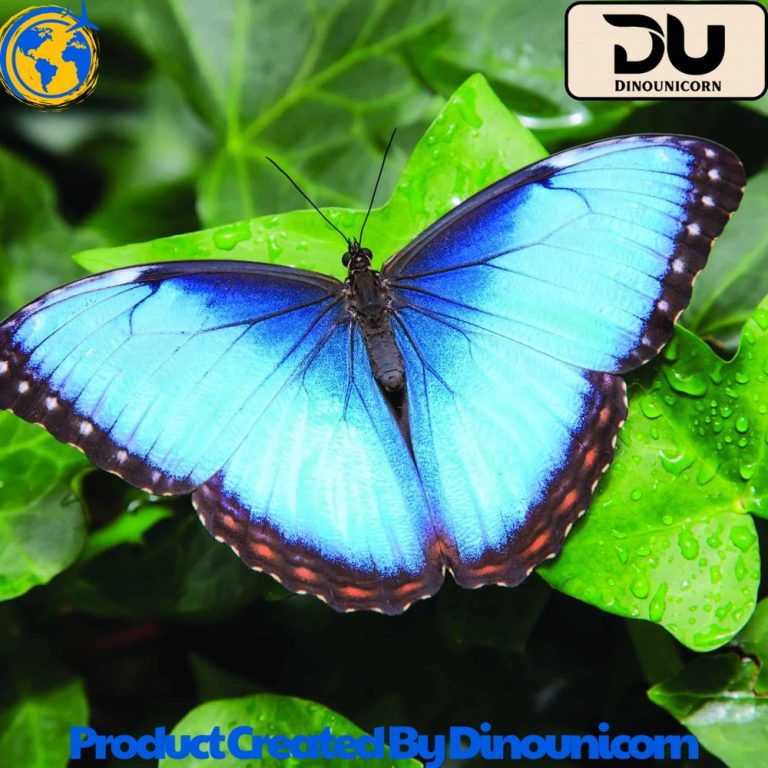
Adult Butterfly Diet vs. Caterpillar Diet
What Do Monarch Butterflies Eat?
Monarch butterflies are one of the most well-known species, and their diet is specific. As caterpillars, monarchs feed exclusively on milkweed, a plant that is toxic to many other animals but not to monarchs. This plant provides the necessary nutrients for the growing larvae and gives them the ability to defend against predators due to the toxins they ingest from the milkweed.
As adults, monarch butterflies primarily feed on nectar from a variety of flowering plants, such as monarda, purple coneflowers, and sunflowers. The transition from a milkweed-only diet as a caterpillar to a broader variety of flowers as an adult butterfly is crucial for their survival and reproduction.
Differences in Diet: Caterpillars vs. Adult Butterflies
Caterpillars and adult butterflies have very different diets. Caterpillars are herbivores, feeding mostly on leaves of various plants, including milkweed and oak leaves. This diet is rich in nutrients that promote growth and development. In contrast, adult butterflies are nectar-feeding insects, relying on sugary liquids for sustenance. The shift from a leaf-based diet to nectar feeding is one of the most significant transformations butterflies undergo in their life cycle.
Butterfly Diet in Controlled Environments
What Do Butterflies Eat in Butterfly Gardens or Exhibits?
In butterfly gardens or butterfly exhibits, maintaining a suitable diet for butterflies is essential to their health and longevity. These controlled environments typically provide a range of nectar-rich flowers and fruit for feeding. Some common strategies include providing:
- Sugar water (often mixed with a bit of fruit juice)
- Fruit plates, with slices of oranges, bananas, and other sugary fruits
- Nectar plants, such as zinnias, lavender, and butterfly bushes
By offering these food sources, butterfly gardens can attract a variety of species, and help sustain them during their lifecycle in a safe environment.
Providing Food for Butterflies in Your Garden
If you’re interested in attracting butterflies to your garden, consider planting native flowers known for their nectar content. Some of the best options include milkweed, lavender, and sunflowers. Additionally, setting up fruit dishes or shallow water containers will provide butterflies with the hydration they need. Butterfly enthusiasts can even use artificial nectar mixtures if natural sources are not available.
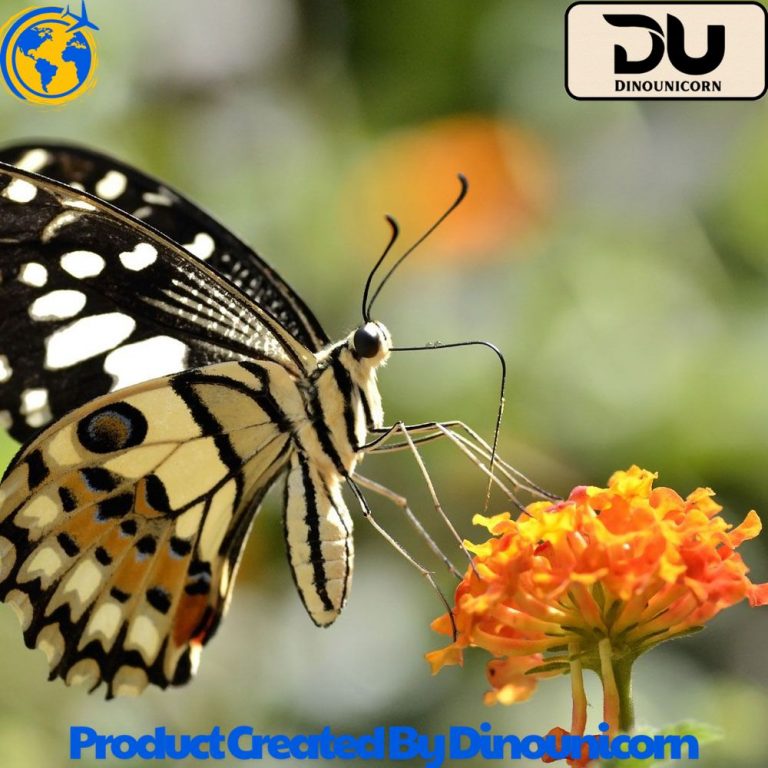
Conclusion: Butterfly Feeding Habits and Ecological Impact
The Role of Butterfly Diet in Ecosystems
Butterflies play an important role in ecosystems by pollinating a wide variety of plants. As they feed on nectar, they carry pollen from one flower to another, facilitating the reproduction of many plants. This makes them a crucial part of food chains, especially for other pollinators and the animals that feed on them. By understanding what butterflies eat, we can support these insects in our gardens, helping them thrive while contributing to biodiversity.
Understanding Butterfly Diet for Conservation
Supporting butterfly populations is critical for ecological balance. One way to help is by planting nectar-rich plants in your garden or local area. By doing so, you can provide food sources for these beautiful creatures and encourage their presence in your environment. Understanding butterfly feeding habits is essential for ensuring that future generations of butterflies have the resources they need to thrive.
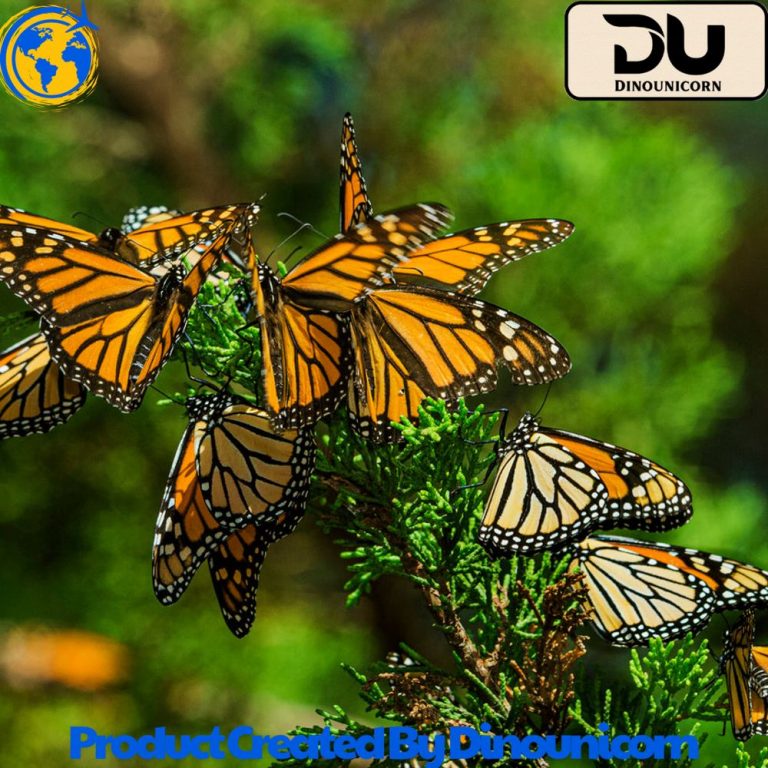
Frequently Asked Questions (FAQs)
- What do butterflies eat?
- Butterflies primarily eat nectar from various flowering plants, but they also feed on fruit and tree sap in certain circumstances.
- Do butterflies drink sugar directly?
- While butterflies do not consume sugar directly, they do feed on sugary liquids like nectar, which provides them with essential sugars.
- What is the main diet of monarch butterflies?
- Monarch caterpillars feed on milkweed, and adult monarch butterflies feed on nectar from a variety of flowers.
- Can butterflies eat pollen?
- Some species of butterflies, such as long-tongue butterflies, may consume small amounts of pollen while feeding on nectar.
- How can I attract butterflies to my garden?
- Plant nectar-rich flowers like lavender, zinnias, and milkweed. You can also offer fruit slices and shallow water containers to provide hydration.
If possible, please visit dinounicorn.com or freshmilktee.com to support us.
 Skip to content
Skip to content

